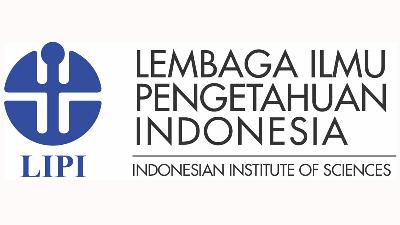The Differences in Patient Safety Culture (Before and After Training) over Patient Safety on Pharmacy and Radiological Installations at Type B Hospital, Jakarta
Abstract
Keywords
Full Text:
PDFReferences
. Fleming, M. (2005). Patient safety culture measurement and improvement: a “how to” guide. Healthcare Quarterly (Toronto, Ont.). https://doi.org/10.12927/hcq.2005.17656
. Greenberg, J., & Baron, A. R. (2008). Behaviour in Organizations Pearson international edition.
. Gunawan, G., Harijanto, H., & Harijanto, T. (2015). Analisis Rendahnya Laporan Insiden Keselamatan Pasien di Rumah Sakit. Jurnal Kedokteran Brawijaya. https://doi.org/10.21776/ub.jkb.2015.028.02.16
. IOM. (1999). Institute of Medicine. To Err Is Human: Building a Safer Health System. In To Err Is Human: Building a Safer Health System. https://doi.org/10.1017/S095026880100509X
. Kohn L, C. J. D. M. (2000). To Err is Human: Building a Safer Health Care System. In The Florida nurse.
. Lunenberg, M., & Samaras, A. P. (2011). Developing a pedagogy for teaching self-study research: Lessons learned across the Atlantic. Teaching and Teacher Education. https://doi.org/10.1016/j.tate.2011.01.008
. Medicine, I. O. (2000). Errors in Health Care: A leading Cause of death and Injury. To Err Is Human: Building a Safer Health System.
. National Patient Safety Agency. (2004). Seven steps to patient safety The full reference guide. Npsa. https://doi.org/Date accessed 30/03/14
. NHS Commissioning Board. (2013). Commissioning for quality and innovation (CQUIN): 2013/4 guidance. In Nhs.
.Notoatmodjo, S. (2007). Promosi Kesehatan & Perilaku. In Jakarta: Rineka Cipta.
.P. Robbins, Stephen (San Diego State University); Judge, T. A. (Univercity of N. D. (2013). Organizational Behaviour.
.Tingle, J. (2011). The WHO patient safety curriculum guide. In British Journal of Nursing. https://doi.org/10.12968/bjon.2011.20.22.1456
.Vincent, C. (2007). Incident reporting and patient safety. In British Medical Journal. https://doi.org/10.1136/bmj.39071.441609.80
.Weaver, S. J., Lubomksi, L. H., Wilson, R. F., Pfoh, E. R., Martinez, K. A., & Dy, S. M. (2013). Promoting a Culture of Safety as a Patient Safety Strategy. Annals of Internal Medicine. https://doi.org/10.7326/0003-4819-158-5-201303051-00002
Refbacks
- There are currently no refbacks.

This work is licensed under a Creative Commons Attribution 3.0 License.
Supported by :


 Indexed by :
Indexed by :




